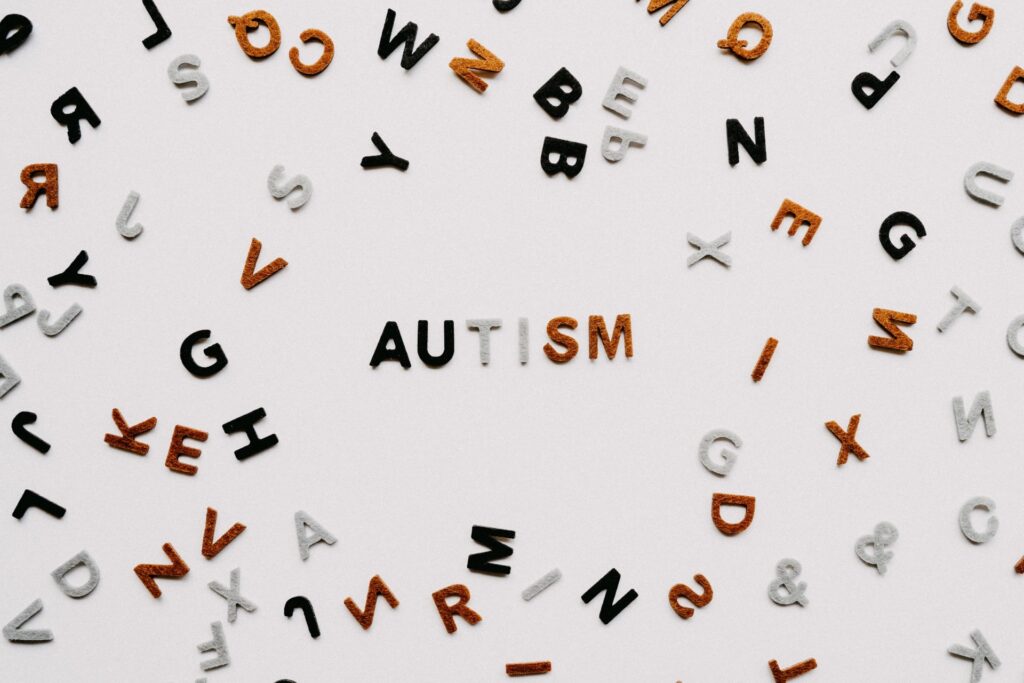
When most people think of autism, they think of it as a children’s disorder. However, autism is a lifelong condition that can affect people of all ages. In recent years, there has been an increase in awareness of autism and the various therapies and treatments that are available to help those on the spectrum manage their symptoms. In this blog post, we will explore the different types of therapies and treatments available for autism, as explained by Dr Michael Hilton.
Autism therapies and treatments can be divided into three main categories: behavioral, educational, and medical. Let’s take a closer look at each one.
- Behavioral therapies are based on the idea that certain behaviors can be changed through positive reinforcement or by breaking down tasks into smaller, more manageable steps. Applied Behavior Analysis (ABA) is the most common type of behavioral therapy used to treat autism. ABA therapy generally involves working with a certified behavior analyst who uses techniques such as rewards or punishment to help the person with autism change their behavior.
- Educational therapies are designed to help people with autism improve their cognitive skills and academic achievement. These therapies can include special education classes, one-on-one tutoring, or social skills training. Many people with autism benefit from educational therapies because they help to improve communication skills and reduce problem behaviors.
- Medical treatments for autism are typically used to help manage associated medical conditions such as anxiety, depression, sleep problems, or digestive issues. Medications that are commonly used to treat these conditions include antipsychotics, antidepressants, anticonvulsants, and stimulants. Some people with autism also benefit from complementary and alternative treatments such as acupuncture or massage therapy.
How to Get Help for an Autistic Child
- Establish a routine and stick to it as much as possible. Children with autism thrive on predictability and routine. Try to keep mealtimes, bedtimes, and playtimes consistent from day to day.
- Break down tasks into small, manageable steps. This will make it easier for your child to understand what you expect of him or her. For example, if you want your child to get dressed, first have him or her put on socks, then pants, then a shirt, etc.
- Use visual aids to help your child understand what you are saying. If your child is nonverbal, use sign language or pictures to communicate with him or her. If your child is verbal, use short, simple sentences.
- Encourage your child’s interests and talents. All children are unique and have their own special interests and talents. Find activities that your child enjoys and that he or she can excel at.
- Seek out support from other parents of children with autism. It can be helpful to talk to other parents who understand what you are going through. There are many online and in-person support groups available for parents of children with autism.
Conclusion:
There are many different types of autism therapies and treatments available to help people on the spectrum manage their symptoms. In some cases, behavioral therapies can be helpful in changing certain behaviors. Educational therapies can improve cognitive skills and academic achievement.
Medical treatments typically focus on managing associated medical conditions such as anxiety or depression. Complementary and alternative treatment options such as acupuncture or massage therapy may also be helpful for some people with autism.